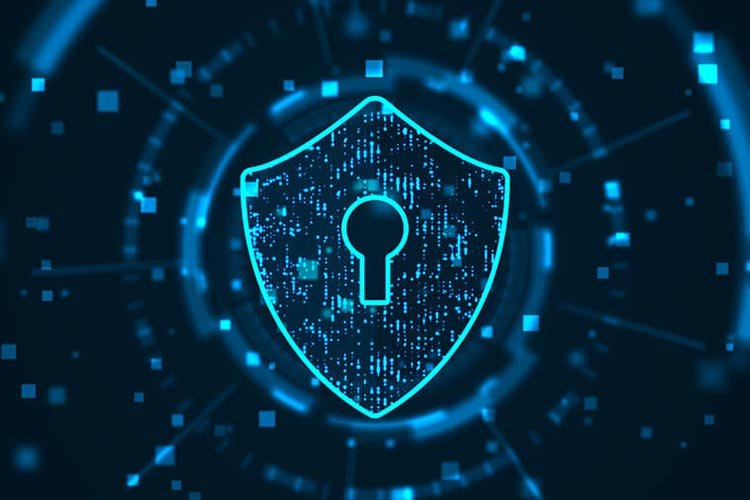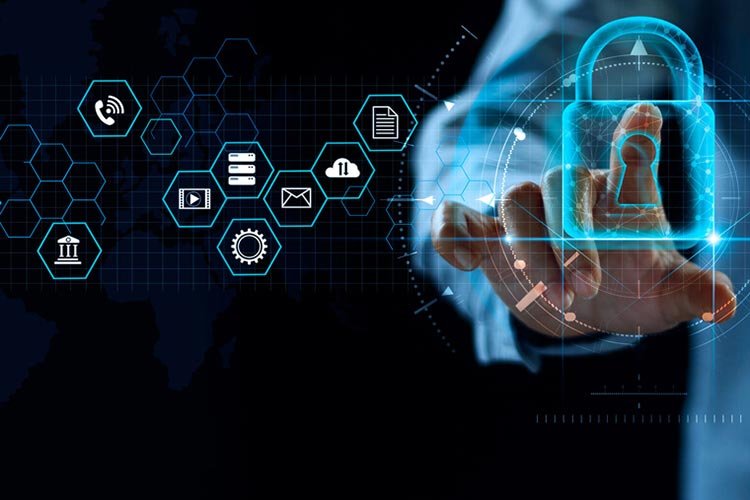
The 2025 phishing landscape shows attackers blending refined social engineering, AI-assisted content, and multi-stage campaigns to Bypass Mitigations and monetize access. Below is a concise, high-level briefing suited for security leaders and communications teams: current trends, representative attack vectors, defensive controls (technical and human), metrics to track, and immediate actions for incident response.
Executive summary
- Phishing has evolved into an intelligence-driven, multi-vector threat that routinely leverages generative AI to craft tailored lures and automate reconnaissance.
- Business Email Compromise (BEC) and credential harvesting remain the most costly outcomes.
- Multi-factor authentication (MFA) significantly reduces account takeover risk, but attackers increasingly rely on MFA fatigue, session hijacking, and token-stealing malware.
- Effective combines layered technical controls, continuous user training, proactive threat hunting, and vendor/third-party scrutiny.
2025 trends and threat drivers
- AI-augmented phishing: attackers use large language models to generate context-aware, high-quality phishing messages, impersonate writing styles, and create convincing deepfake audio/video for vishing.
- Hyper-personalization: threat actors harvest data from social media, corporate sites, and breached databases to craft spear-phishing and BEC scenarios with high success rates.
- Automation and scale: orchestration platforms automate target profiling, message distribution, and follow-ups, enabling high-volume, targeted campaigns.
- Supply-chain and vendor targeting: attackers pivot through third parties and managed service providers to reach larger victim surfaces.
- Mobile-first attacks: increasing use of SMS (smishing), instant-messaging platforms, and mobile-optimized credential traps.
- Synthetic identity abuse: fraudsters combine stolen data with fabricated elements to bypass fraud detection and social verification.
- MFA bypass techniques: push-bombing, social engineering to approve MFA prompts, OAuth consent phishing, and session token theft remain active.
- Ransomware and data extortion: phishing frequently seeds access that later enables ransomware, data exfiltration, or extortion campaigns.
Representative attack vectors (realistic examples)
- Executive impersonation via email with AI-matched tone, requesting urgent wire transfer to a “new vendor.”
- Credential harvest on a cloned SSO portal linked from a realistic-looking invoice PDF.
- SMS with shortened URL to a mobile-optimized credential harvester; follow-up voicemails reinforce legitimacy.
- Supply-chain compromise: attacker gains access to vendor portal, then sends signed SAML-authenticated invites to customer orgs.
- Deepfake vishing: attacker uses synthesized voice of CEO to authorize payroll changes during an active payroll window.
Technical controls (prioritized)
- Enforce MFA everywhere; prefer hardware tokens or platform authenticators (FIDO2) over SMS.
- Email authentication and policy: SPF, DKIM, DMARC with quarantine/reject, plus BIMI where feasible.
- Advanced email: mailbox intelligence, URL rewriting, click-time link inspection, attachment sandboxing, and heuristics for AI-generated text.
- Browser and endpoint protections: anti-phishing browser extensions, anti-exfiltration controls, and isolation (remote browser isolation or browser sandboxing).
- Identity protections: conditional access policies, risk-based authentication, session timeouts, and continuous step-up challenges for sensitive operations.
- Threat intelligence integration: blocklists, domain-takedown workflows, and rapid ingestion of IOCs from observations and sharing partners.
- OAuth and API controls: monitor and review third-party app consents; enforce least privilege for OAuth scopes.
- Network controls: DNS filtering, secure web gateways, and reputation-based blocking for phishing domains.
Human‑Centered Protection Strategies
- Mandatory, frequent phishing simulations emulating current tactics (AI-written lures, SMS, vishing).
- Role-based training emphasizing high-risk roles (finance, HR, executives, IT).
- Verification culture: require secondary-channel confirmations for financial transactions and access requests.
- Clear, simple reporting paths (one-click report in mail client, dedicated Slack channel) and positive reinforcement for reporting.
- Short microlearning modules that present recent real-world examples and immediate verification steps.
Detection, response, and recovery
- Instrument mail flows and endpoint telemetry into SIEM/XDR for correlation; tune for indicators like mass forwarding rules, unusual mailbox access, and newly added inbox rules.
- Establish a phishing playbook covering containment (block sender, remove messages), credential remediation (force resets, revoke sessions), forensic capture, and disclosure obligations.
- Rapid account recovery: predefined workflows to rotate keys, revoke OAuth tokens, reconfigure SSO trust if a compromise involved third-party apps.
- Legal and PR readiness for BEC or data-exfiltration incidents; coordinate with banks for payment recovery windows.
- Test incident playbooks quarterly with tabletop and live purple-team exercises.
Metrics to measure program efficacy
- Phish-simulation click rate and credential-submission rate.
- Time-to-report suspected phishing and time-to-contain confirmed phishing incidents.
- Percentage of accounts with phishing-resistant MFA (FIDO2/hardware tokens).
- Number of external domains/third-party apps with risky OAuth scopes.
- Incidents stemming from third-party compromise.
- Mean time to detect (MTTD) and mean time to remediate (MTTR) phishing-origin incidents.
Quick wins (30–90 days)
- Enforce MFA organization-wide and prioritize FIDO2 for high-risk users.
- Deploy or tune email authentication (DMARC with quarantine) and activate URL rewriting and attachment sandboxing.
- Launch a focused phishing simulation replicating AI-generated spear-phishing to baseline susceptibility.
- Publish a mandatory verification policy for wire transfers and vendor changes.
- Enable OAuth app review and revoke stale or overly-permissive consents.
Long-term strategic investments
- Move to phishing-resistant authentication (passkeys/FIDO2) and reduce password dependence.
- Adopt zero-trust principles for access with continuous device and identity posture evaluation.
- Invest in real-time link inspection and remote browser isolation to neutralize malicious pages.
- Build a vendor security program with contractual controls, continuous monitoring, and supplier questionnaires.
- Establish a threat-hunting function that focuses on phishing-derived footholds across identity, email, and endpoints.
Closing note
Phishing in 2025 is characterized by AI-enhanced believability, cross-channel persistence, and supply-chain opportunism. requires both hardened technical controls and an organizational culture that distrusts urgency, verifies requests, and rewards prompt reporting. Prioritize phishing-resistant MFA, robust email, simulated training tied to current tactics, and rapid incident playbooks to materially reduce risk.



- Tags:
- Cyber Hygiene